10 Mesmerizing Astronomy Events Illuminating Night Sky in March 2024
29th Feb 2024
It’s almost spring! As the days lengthen and temperatures rise, the world erupts into a kaleidoscope of blossoms. March unfolds as a celestial spectacle, ushering in the first equinox of the year and a subtle shift in seasons. It offers a prime opportunity for stargazing. Whether you’re in the northern or southern hemisphere, the celestial wonders are there to be witnessed. Moon phases, penumbral lunar eclipses, and planet conjunctions await, visible to the naked eye or with a trusty pair of binoculars. Let’s explore all the possibilities!
March 3 – Asteroid 3 Juno
This month, celestial enthusiasts are in for a treat as Asteroid 3 Juno reaches opposition, a momentous event in its orbit around the sun. It occurs when Juno aligns directly opposite the Sun from our terrestrial viewpoint and bathes the asteroid in radiant light, making it a compelling subject for observation.
Discovered in 1804, 3 Juno is one of the main asteroid belt’s largest stony denizens, adding to its allure. While its size and characteristics can be studied more effectively with the aid of equipment like telescopes or binoculars, the opposition presents a unique chance for stargazers to attempt spotting this celestial giant in clear night skies.
March 8 – The Wishing Well Cluster
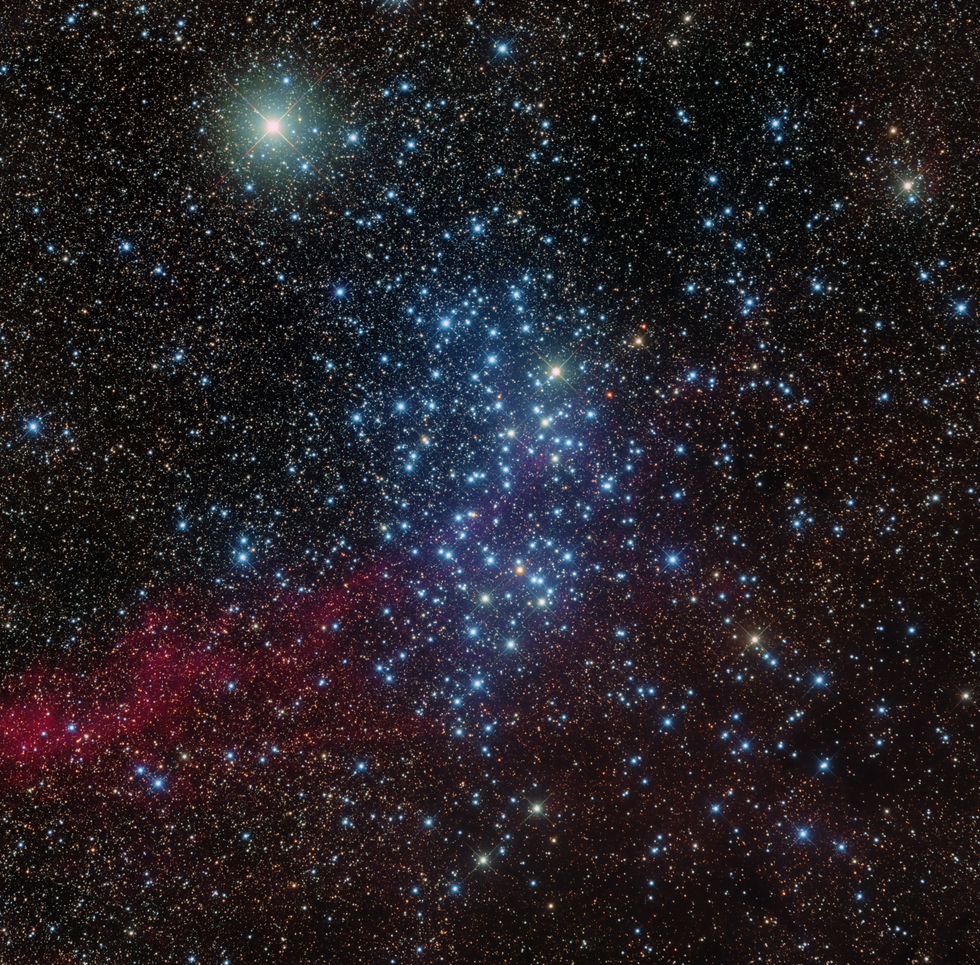
It’s one of the cutest deep-space wonders due to its whimsical name. Regrettably, northern hemisphere viewers, particularly those above 40°N, will miss the opportunity to witness this open-star marvel. However, the night of March 8th holds a special promise as the Wishing Well Cluster graces the sky for observers located further south.
Positioned prominently in the constellation Carina, this celestial gem is set to ascend high, providing a captivating display. If you’re equipped with stargazing tools, seize the moment to explore the Wishing Well Cluster as it reaches its zenith around midnight local time, regardless of your location.
March 9 – Messier Marathon
Ever heard of the Messier Marathon? It’s the thrilling challenge of spotting all 110 Messier objects in a single night – quite ambitious, right? The best time for this cosmic feat is during the new moon, and in 2024, the optimal weekend falls on March 9th-10th, coinciding with the new moon on March 10th.
March 10 – New Moon
On March 10, the New Moon positions itself between Earth and the Sun, keeping its illuminated side turned away from us. This astronomical alignment creates ideal conditions for stargazing, as the absence of moonlight allows a clearer view of faint celestial objects like galaxies and star clusters. Set to peak at 09:02 UTC, this is the best time in the month to observe these cosmic wonders.
March 14 – The Gamma Normid Meteor Shower
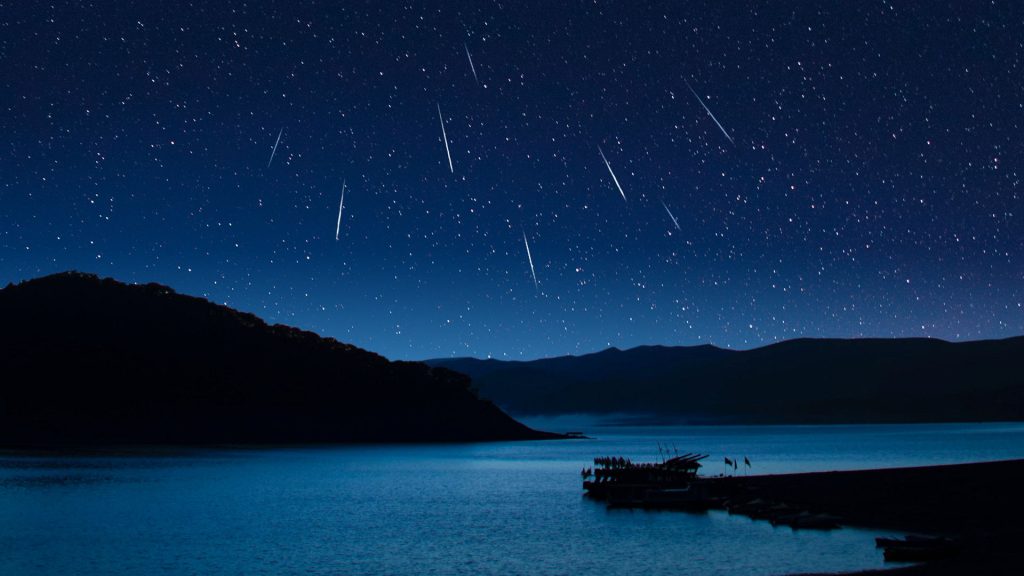
Mid-March introduces a celestial divergence with the arrival of the γ-Normid meteor shower peak on March 14th. Spanning from February 25th to March 28th, this meteor shower graces the southern hemisphere with its presence, reaching its zenith on the 15th.
During this spectacle, viewers can anticipate witnessing up to six meteors per hour as they streak across the night sky. While the γ-Normids may not be among the year’s major meteor showers, the southern hemisphere offers an excellent vantage point for meteor-spotting, with these celestial displays emanating from the constellation Norma.
March 20 – March Equinox
While the March Equinox on March 20th may not be a traditional night sky event, its significance in marking the transition of seasons makes it noteworthy on your calendar. As winter officially bids farewell in the northern hemisphere, spring begins its vibrant emergence, while in the southern hemisphere, summer concludes, making way for the arrival of autumn.
From a celestial standpoint, the March Equinox signifies a unique point in Earth’s annual orbit where day and night achieve almost precisely 12 hours of duration everywhere on the planet, aligning with the meaning of “equinox” — equal night. The delicate balance between light and darkness results from the Earth’s 23.5° tilt and its positioning in relation to the sun. Archaeo-astronomers have delved into sites worldwide designed to mark the equinoxes, with Chichen Itza in Mexico being a notable example. On this special day, a shadow cast on the main pyramid reveals a serpent-like figure, embodying the deity Kukulkan/Quetzalcoatl and symbolising the interconnectedness of heaven, Earth, and the underworld in Maya beliefs, encapsulating the celestial dance of day and night.
March 21 – Close Approach of Venus & Saturn
On this day, Venus and Saturn stage a captivating close approach in the pre-dawn sky. Easily visible without aid, these planets offer a stunning display.
While the Sun may hinder visibility for some, viewers east and south of locations around 40°N and 80°W will have a prime opportunity to witness this close planetary alignment. To catch this rare event, go to a star-finder app to find optimal viewing times, and be prepared for a truly remarkable sight. At a mere 19.3 arcminutes apart, Venus and Saturn will appear incredibly close—so much so that distinguishing between the two may pose a delightful challenge.
March 24 – Mercury at its Evening Peak
Tiny Mercury takes the celestial stage on March 24th, reaching its evening peak after a morning appearance in January. Positioned as high as 17° above the western horizon just after sunset, this fleeting display is a must-see, lasting only a few days. This event, known as the greatest elongation, marks Mercury’s farthest apparent distance east from the sun, creating a separation of 18° 42 minutes. It’s the prime moment to observe Mercury at its best, so be sure not to miss this celestial show.
March 25 – Full Moon & Penumbral Lunar Eclipse
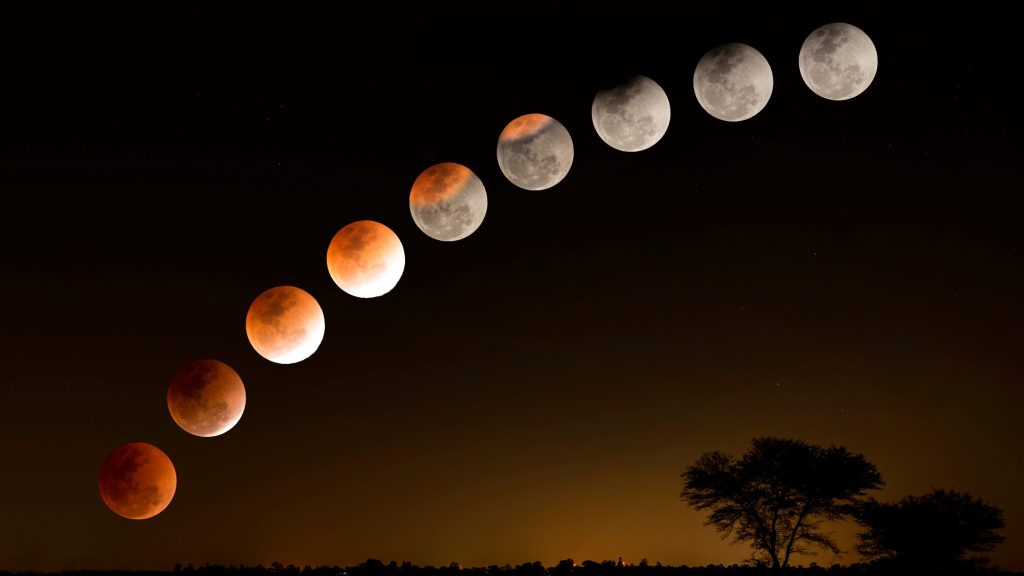
As we gear up for the total solar eclipse on April 8th, look out for a penumbral lunar eclipse on the night of March 25th across the Americas. While not as dramatic as a “blood moon,” this eclipse will subtly dim the moon, peaking at 07:13 UTC.
Although technically lasting only for a moment when the moon directly opposes the Earth from the sun, the lunar disk will appear full for one day before and after this captivating lunar phase. Adding to the cosmic spectacle, the moon will pass through the Earth’s penumbral shadow, resulting in a penumbral lunar eclipse where the moon will be 95% within this subtle shadow.
March 30 – Makemake at Opposition
Cap off the month with a celestial treat! On March 30th, Makemake, a distant dwarf planet, takes center stage, reaching opposition and offering a well-illuminated view from our Earthly perspective. To spot Makemake in the western sky, use a telescope or high-powered binoculars, focusing on the constellation Coma Berenices. At its peak around 2 am ET, approximately 70° above the horizon, Makemake presents a brief yet enchanting cosmic spectacle.
Visible Planets in March 2024
So, what about the planetary alignment during this month?
- Mercury: As an evening planet, its visibility improves later in the month. Observe the western sky after sunset for the best view.
- Venus: While lost in the morning twilight throughout March, notable conjunctions occur with the moon on March 8 and March 21, presenting opportunities for observation near Saturn.
- Jupiter: Retaining its place in the evening sky, Jupiter’s visibility diminishes over time. Look towards the west on March 13, where it aligns with the moon.
- Saturn: Unfortunately, Saturn is too close to the sun, rendering it invisible for observation during this month.
- Uranus: Positioned as an evening planet near Jupiter, Uranus experiences a decline in visibility as March progresses, mirroring the descent of its brighter companion.
- Neptune: Regrettably, Neptune remains hidden from view throughout March, adding an element of mystery to the celestial tableau.
Phases of Moon for March 2024
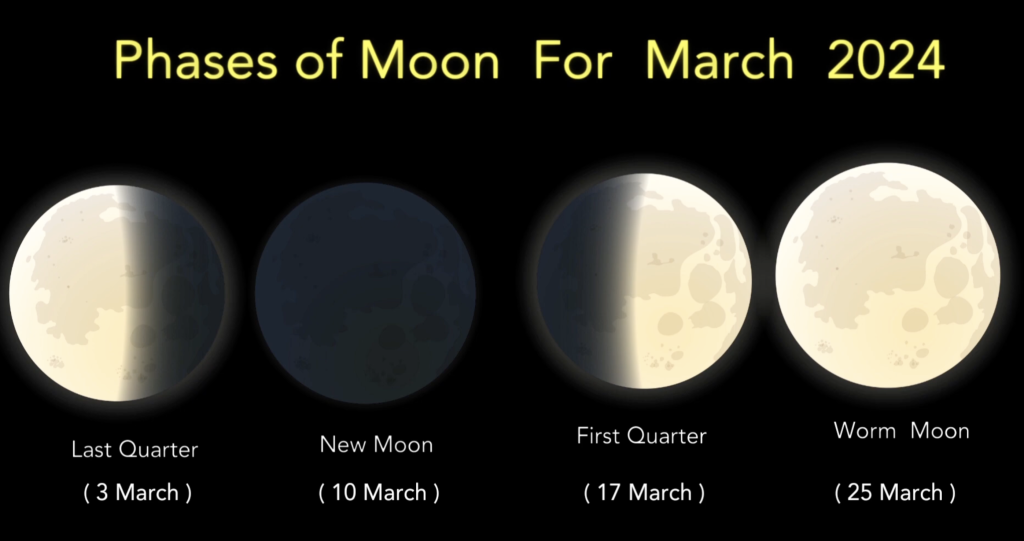


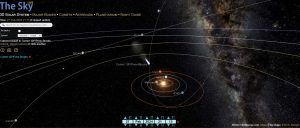



Thank you for your comment! It will be visible on the site after moderation.